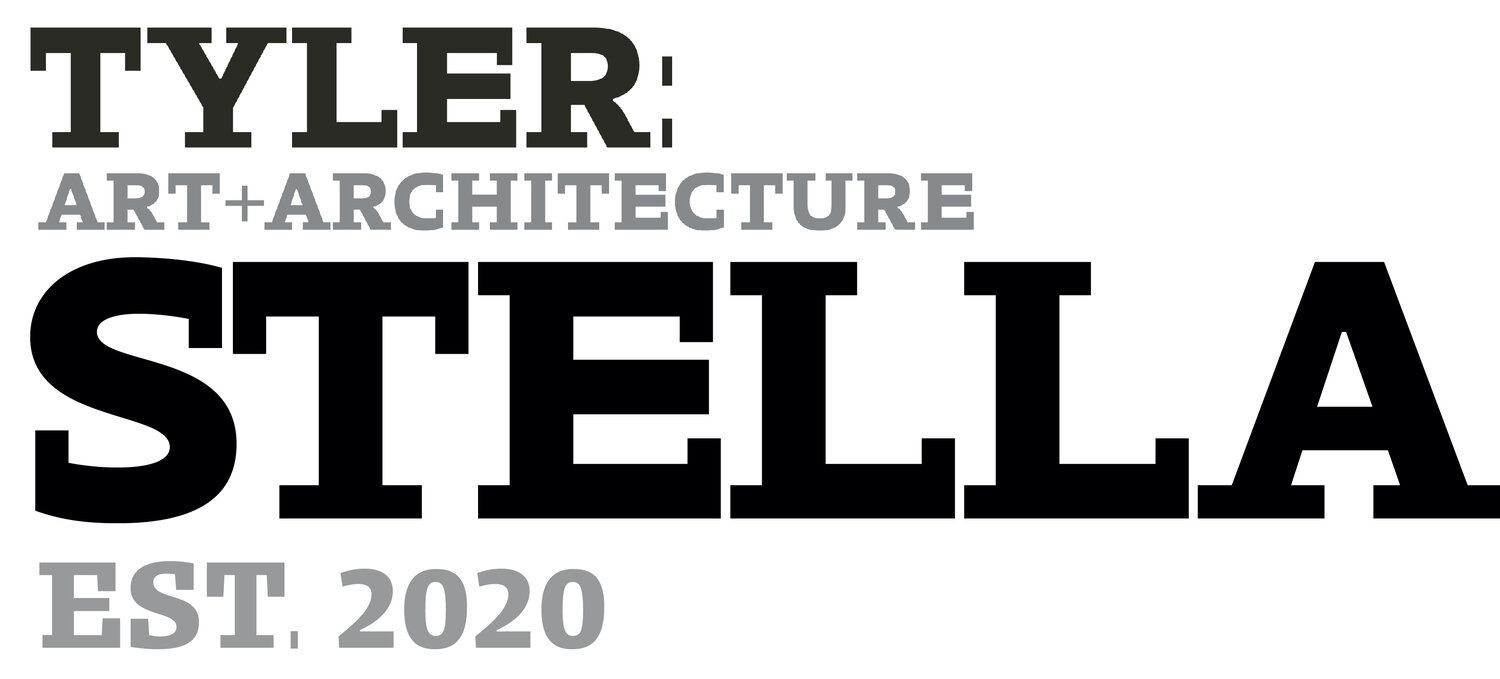George W Nebinger School
Student Teacher: Brooke Simpson
Cooperating Teacher: Leslie Grace
Lesson Plan #1: Album Cover Art, grades 6-8
Each student was instructed to create an album cover for either their favorite musical artist, album, or song. We incorporated different qualities that make up a successful album cover such as color, composition, text, thematic and feeling. We looked at different artists styles and the ideas behind their work to pull inspiration from them. The artists, often in their own work, displayed their thoughts and feelings about important and current conversations. Music is a great way to communicate and express feeling with others. This project encouraged self-reflection and expression.

Faith, Grade 6, Drawing

Anderson, Grade 8, Digital

Kennedi, Grade 8, Drawing

Mikayla, Grade 7, Digital
Lesson Plan #2: Nature Notans, grades 3-5
This lesson was modified to get students to think about topics outside of their indoor settings. This was to help limit students thought of technology, during a time that has limited outdoor opportunities. We focused on making our notans either a landscape or nature themed. The goal of this lesson was to learn negative and positive space, symmetry, and complimentary colors. We looked at the artist Noma Bar and learned about how he uses positive and negative space to create optical illusions. We made our notan by starting with drawing a rectangle or square in the center of the page and adding our nature images around the boarder. We used the boarder as our line of symmetry for our images. Then we each chose a set of complimentary colors and filled in the negative and positive space, and the reverse outside of the square/rectangle.
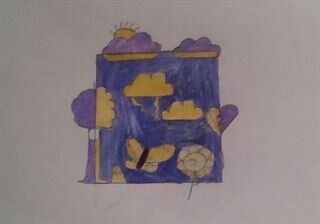
Jasmine, Grade 4, Drawing
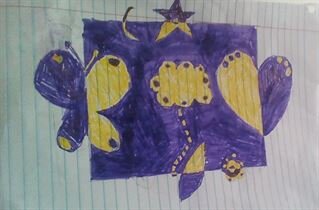
Soledad, Grade 3, Drawing
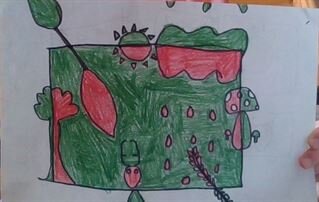
Lucilia, Grade 3, Drawing
Lesson Plan #3: Observational Toy Drawings, grades k-2
The goal of this lesson was to learn how to observe what you are drawing instead of drawing from memory. This is to help make the drawing look as realistic as possible. We would do this by identifying all the little details on our toys and seeing what shapes our toys were made up of. We looked at the artist Wayne Thiebaud to see how he would make art from observing. He also included warm and cool color palettes in his work so, after we learned more about them, we were inspired to do the same. Once we drew our toys from observation, we made our backgrounds using either warm or cool colors.

John, Grade 1, Drawing

Mathilde, Kindergarten, Drawing
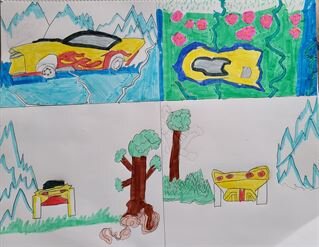
Emery, Grade 2, Drawing
Brooke Simpson
TYL ‘21, Art Education
Hello, my name is Brooke Simpson and welcome! To share a little bit about myself, I am graduating from Temple University, Tyler school of Art, in May 2021. As an emerging educator from Philadelphia, I have been able to experience the rich art culture the city offers. I was lucky to grow up in an environment that saw the value and importance of art. This has shaped how I navigate the world and has offered guidance and healing properties. For this reason, I believe that everyone should find a place for art in their lives. Art is all around us!
Brooke Simpson’s visual note
